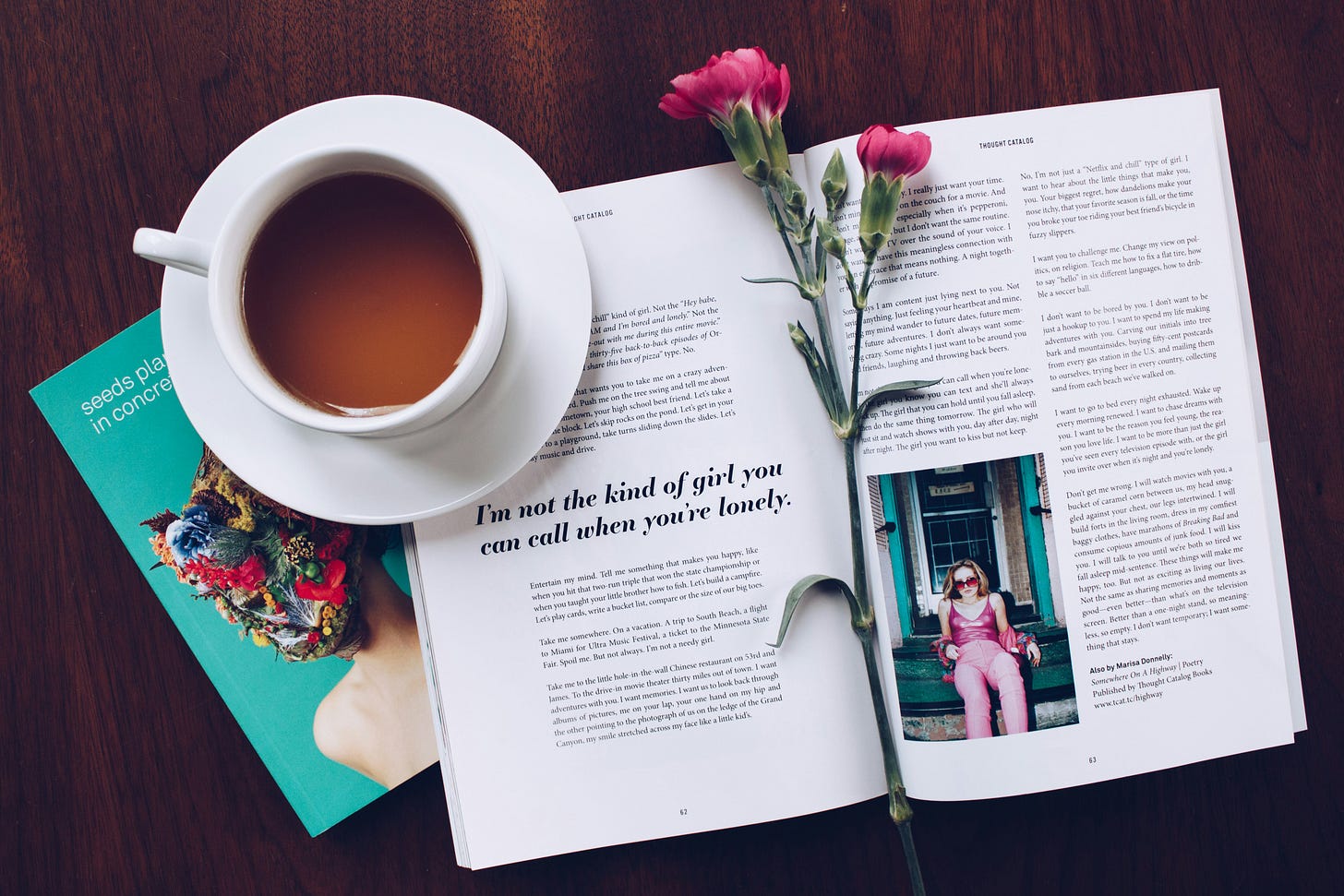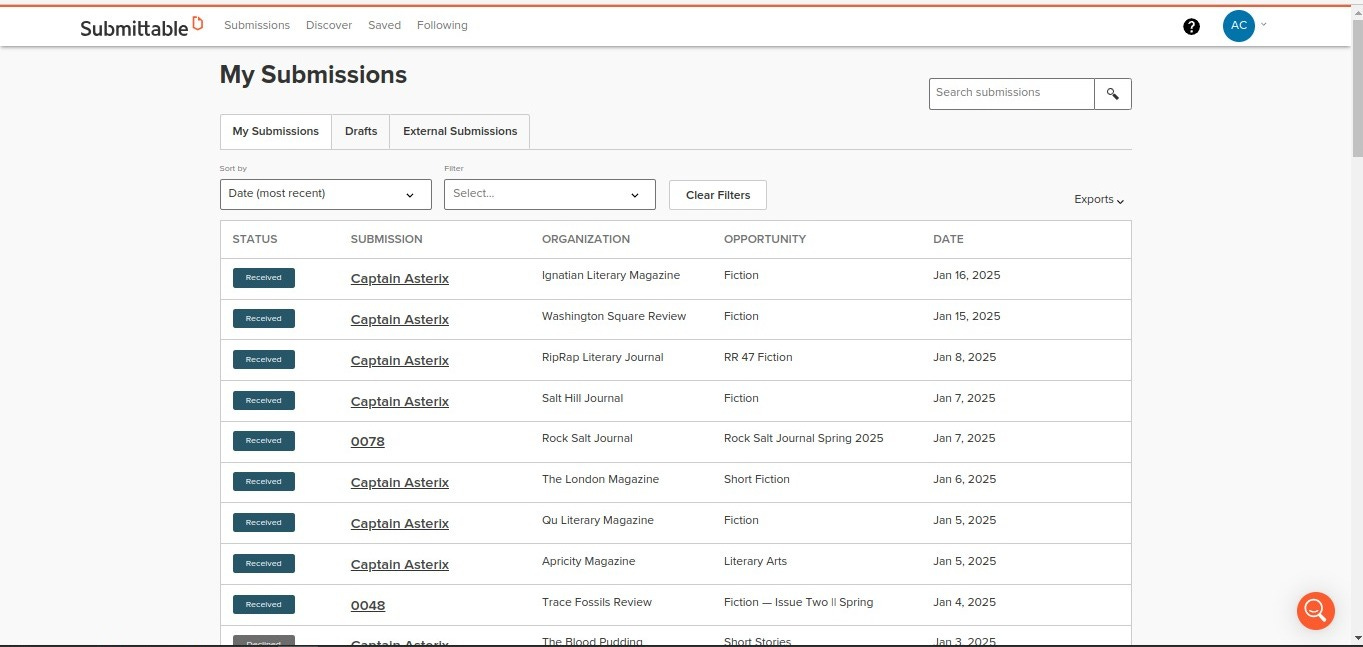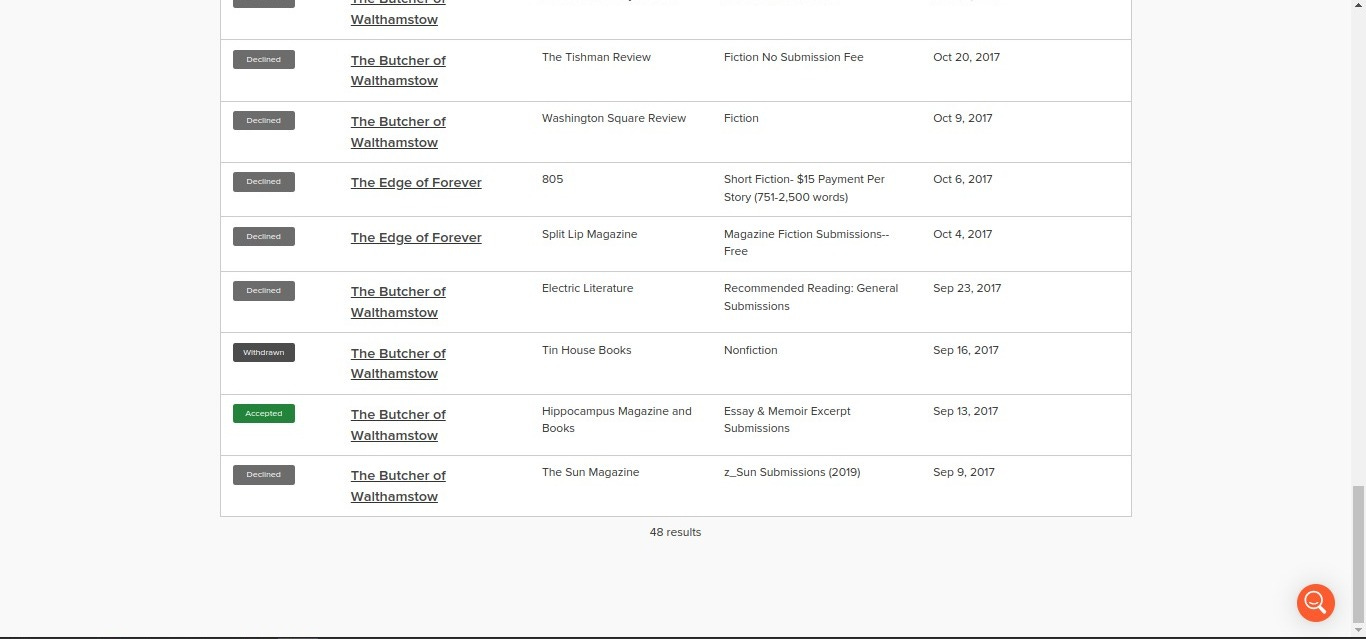I don’t have a recipe today. So if you follow me because of the food, today’s not the day.
I’m not unlike other aspiring first-time writers, who are under delusions that they’re debut book is going to be the best thing the world has ever read.
I get on the internet to do research on different types of poisons, models of popular cars in the 1940s, different types of love language, tools used by doctors in the 18th Century. And to complain about writers’ block on various writing groups. The other writers nod and share their grudges and we move on, without a finished book to our names.
Most of all, we have polarising and mightily different reactions to rejection.
This post is mostly going to be encouraging, because I don’t believe I’m in any position to be critical of anybody, or anybody’s reaction to getting rejected. We are different beings who process it differently. But I find, that the best way to encourage other writers is to share my own damning failures.
So today, reader, I give you my submission history to literary magazines on Submittable.
I have submitted a lot of pieces outside of Submittable as well, with a moderate amount of success, but the history on Submittable is easier to capture than going through multiple email exchanges.
Go on, have a look thorough it.
Here’s a summary:
Total of 48 submissions - 5 under art and 43 under literary works
Total of 4 acceptances - 1 under art and 3 under literary works (one of them is marked “Completed” instead of “Accepted” so it’s not in a bright green colour).
Total of 6 withdrawn - all literary works, due to acceptance elsewhere
Total of 27 declined - I mean, let’s just call it what it is…rejected. Out of which 1 is marked “Completed” due to mysterious reasons.
Total of 10 under review - this is a recent submission, so results pending.
There’s also one that was a critique only by an editor, which will be discounted for the purposes of this analysis.
At this point my acceptance rate is 8.3% if we consider 4 out of the whole 48. However, the egotistical maniac in me wants to consider 4 out of 27 actual declines, and that will put me at an acceptance rate of 14.8% (which sounds so much more accomplished). But no, the point is not to sound accomplished. In fact, quite the opposite.
The point is to realise that rejection is the primary part of traditional publishing. You are putting your creative work and technical craft out there for the world to see. You will be rejected and you will be criticised and not all of it is going to be pretty or constructive. The only thing to do is to separate the valuable feedback from the junk, take it into account (or not) and create more literary gems.
If you haven’t been rejected yet, that only means either you haven’t put your work out there or you haven’t put your work out there enough. Keep submitting, and keep reviewing and keep rewriting. And then, you start all over again.
The real euphoria hits when you get a positive response and add that as a chunk of gold nugget to your literary crown!
I think I am dangerously close to starting my own lecture series on affirmative words for writers. But no, I will spare you the boredom.
Note the lack of submissions from 2020 to 2025. That is something I will heavily advise against. A 5-year gap in not engaging with writing is detrimental to any writer’s creativity, skill and as I personally discovered, mental health. But sometimes life gets overwhelming, as it did for me, and while I still wrote bits and pieces here and there, I just never bothered to prep them for the public eye.

A smattering of random tips that I follow when looking to get published in literary magazines:
Follow the instructions. If there are submission rules specified on their website, email, Submittable, Chill Subs or Duotrope pages, with regards to formatting, word count, font sizes, document types etc, then just follow the rules. No exceptions. It’s tough to get selected to be published in a lit mag, why make it tougher by ignoring or bending the rules?
The piece should align with the content of the magazine. Different magazines have different flavours (does that make sense?) and they publish content that can be unique to them. They look for certain themes and certain specific voices that they want to work with. It is hence, essential that your piece aligns with their vision. If you’re not a regular reader, the best thing to do would be to read a couple of past issues to see if your work is what they will be interested. You could still get rejected, but hey, you could get selected too. No point in submitting a gory horror story to a magazine that only publishes fae war stories.
Get beta readers to read your stuff before you submit. Beta readers are not just valuable to novels, but to short stories too, especially because most short stories and poems don’t actually go through an editor’s desk for editing. Beta readers’ eyes can catch anything that may be off with the story, the tone, the characters or even spelling and grammar.
Not all stories should be published. If you look at the screenshots above, you’ll see two stories name “The Edge of Forever” and “They all Blurred in the Rain”. They are not necessarily bad pieces and I did huff and puff a lot when they got declined. But looking back I understand that they were just not ready for submission at the time. “The Edge of Forever” is an abstract concept involving Life and Death personified, that needs a deeper look. “They all Blurred in the Rain” was on gun violence, a politically charged piece that need a lot of polish and sensitive treatment. Today I’m glad they got rejected because it really would have been embarrassing to have them out in the open in their original forms. The point is that, not all work needs to see the light of day and it is important that, as the writer, you are able to make that distinction.
It’s a numbers game. Sounds cliched? That’s because it is. The more you submit the higher your chances of acceptance. Do it in batches of 10-15. So that if all 10-15 are declined you can go back and take a good look at why it may not have worked. Revise and apply to the next 10-15.
With that, I’ll leave you to your stories. As always, I get very excited when I receive questions or comments from my readers, so please feel free to leave one.








